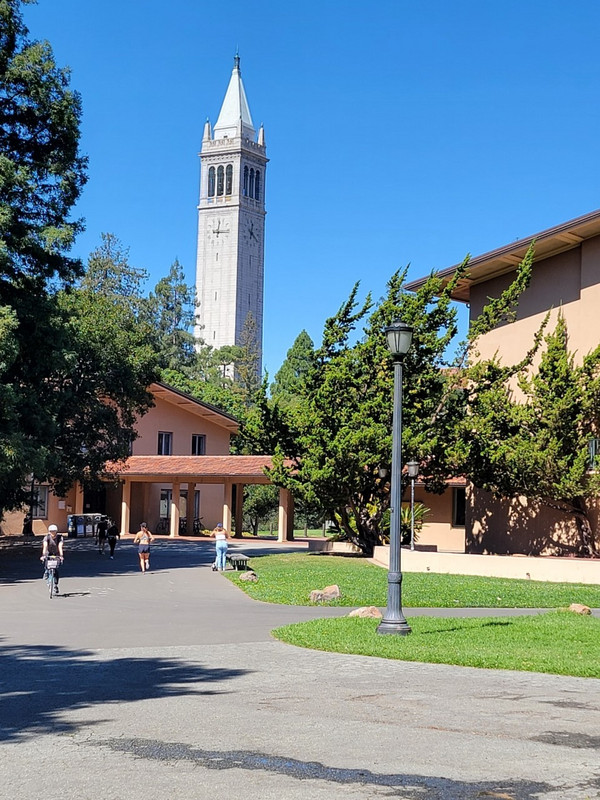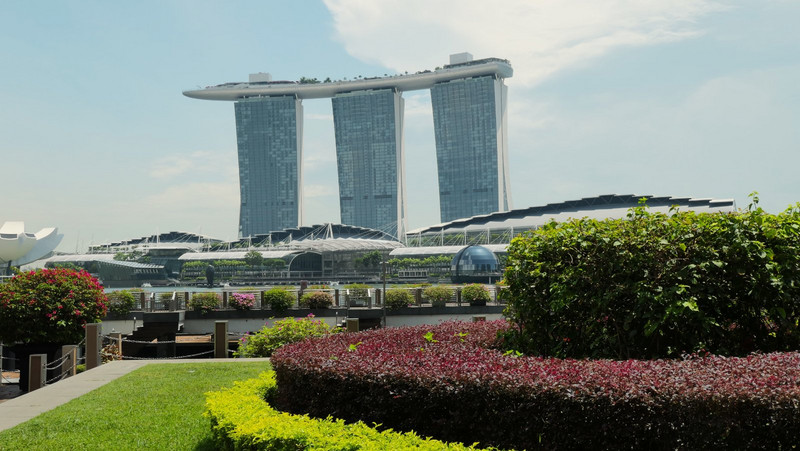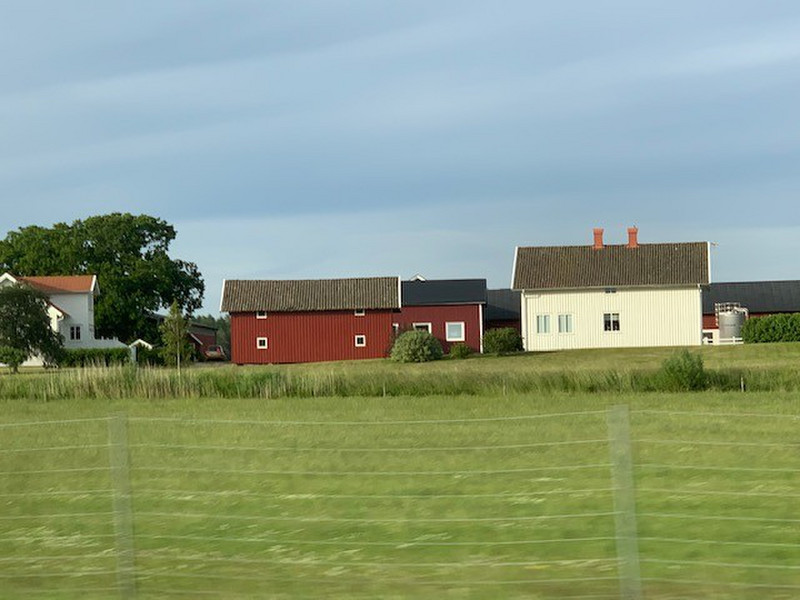Actually, from the time I first set foot on the UC Berkeley campus as a sophomore in high school, I fell in love with the UC Berkeley campus. It became both my dream and a goal through my high school years to matriculate to Berkeley. The day I received the letter in the mail, during my senior year of high school was one of the happiest days of my young life. Most people here in the Valley consider me to be a Berkeley liberal. I just consider myself a liberal, though I think I became that way in high school, thanks to friends like Mario Olmos and Bob Osganian. But here are some unique only in Berkeley quirkiness:
THE NOBEL IS THE WORLDS most prestigious award for academic, cultural, and scientific advances. A Nobel Laureate will, apart from the award money, get a medal and diploma right from the hands of the Swedish king. But for some, there is more to winning the prize than international prestige and a fatter bank account: a parking space on an overcrowded campus.
At the University of California, Berkeley, its easy to spot the bright blue signs (above) marked Reserved For NL/Special Permit Required
At All Times. NL stands for Nobel Laureate, of course, and the spaces are reserved for the elite faculty who worked tirelessly for decades to win some coveted parking.
The Berkeley tradition dates back to 1980, when Polish poet Czeslaw Milosz was awarded the Nobel Prize in Literature. He wanted a spot, so he simply asked for one. The parking wish was granted, and its since standard practice—one that apparently sticks in the craw of the Laureates over at Standfurd Junior University.. I think this is just great!!!
SITTING ON THE QUAD OF Berkeley campus (in Sproul Plaza) is an unassuming monument to the Free Speech Movement that one could easily miss even though it supposedly consists of an endless tube of unregulated space that rises forever upward into space.
Located in front of Sproul Hall, the monument was set flat into the walkway in 1989. The physical portion of the monument is simply a round cement stone with the bold statement carved around its perimeter reading, This soil and the air space extending above it shall not be a part of any nation and shall not be subject to any entitys jurisdiction. In
the center of the stone disc is a small hole that simply holds a patch of soil, but it is the invisible space rising directly above the hole that is the actual monument. As the disc says, this tiny tube of unregulated space is meant to be a place where protesters, free thinkers, and spitfires can say whatever the hell they like, and as it is worded, that privilege extends all the way into space and beyond. I never realized it was there! But I was there, back in 1964, trying to avoid getting caught on TV or in a police force roundup.
IN 1902 THE FAMOUS 12TH century bell tower known as the campanile in the Palazzo San Marco in Venice, Italy came thundering to the ground. Miraculously no one but a resident cat was hurt in the unexpected catastrophe. The beloved tower was rebuilt as it was, where it was in 1912.
UC Berkeley campus architect, John Galen Howard, had visited Venice in the 1890s, and had the chance to see the San Marco Campanile before its collapse.
Looking strikingly similar to that other famous tower, the Campanile on the campus of UC Berkeley has stood a lynchpin on campus since its cornerstone was laid on March 8, 1914. The Campanile is constructed of 2,800 blocks of Raymond granite quarried from the Sierra Nevada Mountains, over 500 tons of structural steel, and Alaskan marble. The belltower is a gothic architectural form, built in a way.
Hiding inside its dry walls are some fossils belonging to the University of California Museum of Paleontology, many of from the La Brea Tar Pits in Los Angeles.
The twelve bells that make up the original carillon were gifts of Jane K. Sather (who also donated the funds to construct the tower, itself) in 1914, but because of delays, they were not installed until 1917.









